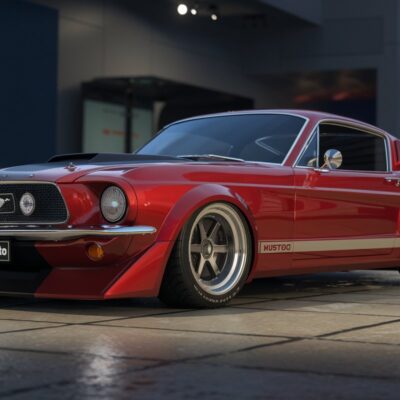Introduction
The year 1964 introduced three incredible inventions: the eight-track tape, Rock’em Sock’em robots, and the Ford Mustang. Among these, the Mustang has left an indelible mark on American automotive history. As this iconic car approaches 60 years of continuous production, let’s take a closer look at its evolution through seven generations, exploring the Mustang’s transformation from a groundbreaking pony car to a global performance icon.
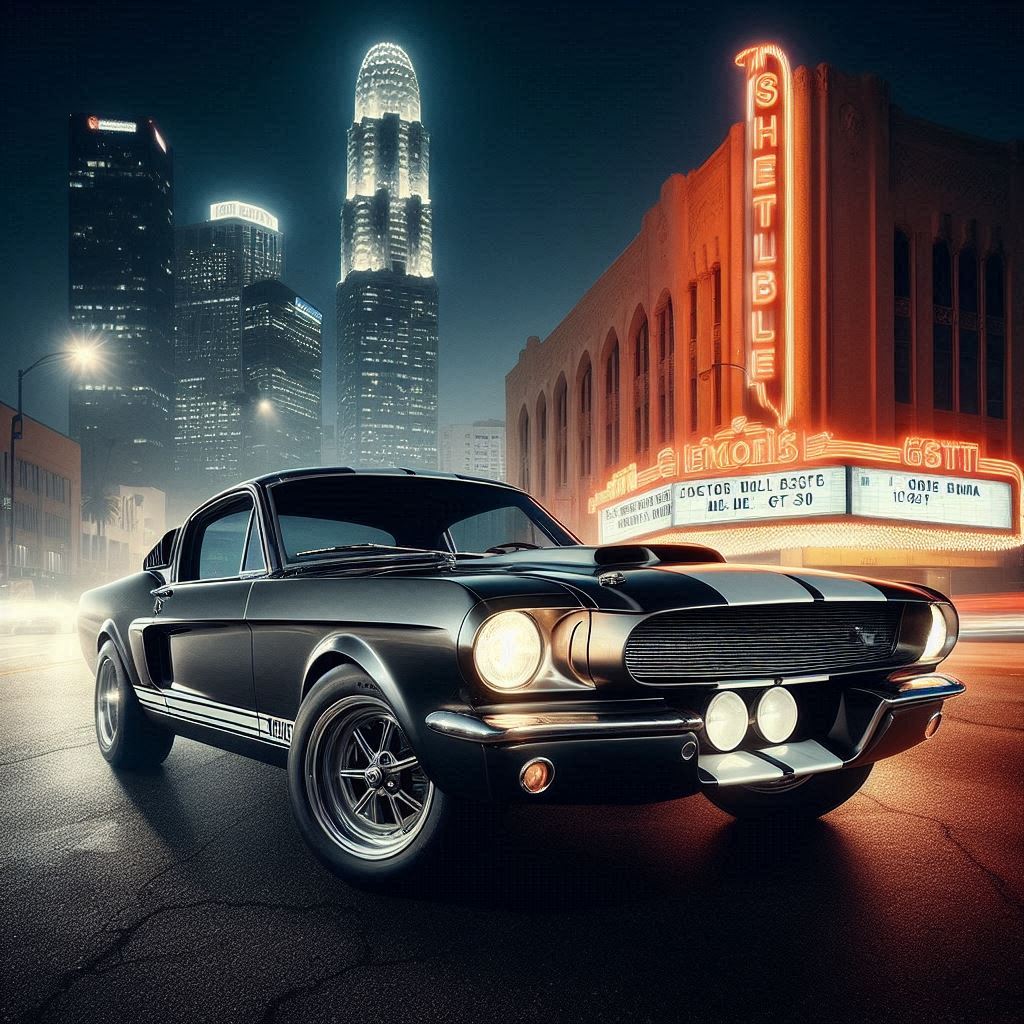
First Generation: The Birth of an Icon (1964-1973)
The Vision of Lee Iacocca
In the early 1960s, the American automotive industry was experiencing a revolution. With a growing demand for small, sporty, and affordable cars, Lee Iacocca, a visionary Ford executive, seized the opportunity to create a pony car. After just 18 months of development, the 1964½ Ford Mustang was born, unveiled by Henry Ford II at the 1964 World’s Fair.
Key Features and Notable Models
- 1965: Introduction of the Fastback model, which later became the platform for the high-performance Shelby GT350.

- 1968: The Mustang GT Fastback gained fame in the Steve McQueen movie “Bullitt“.
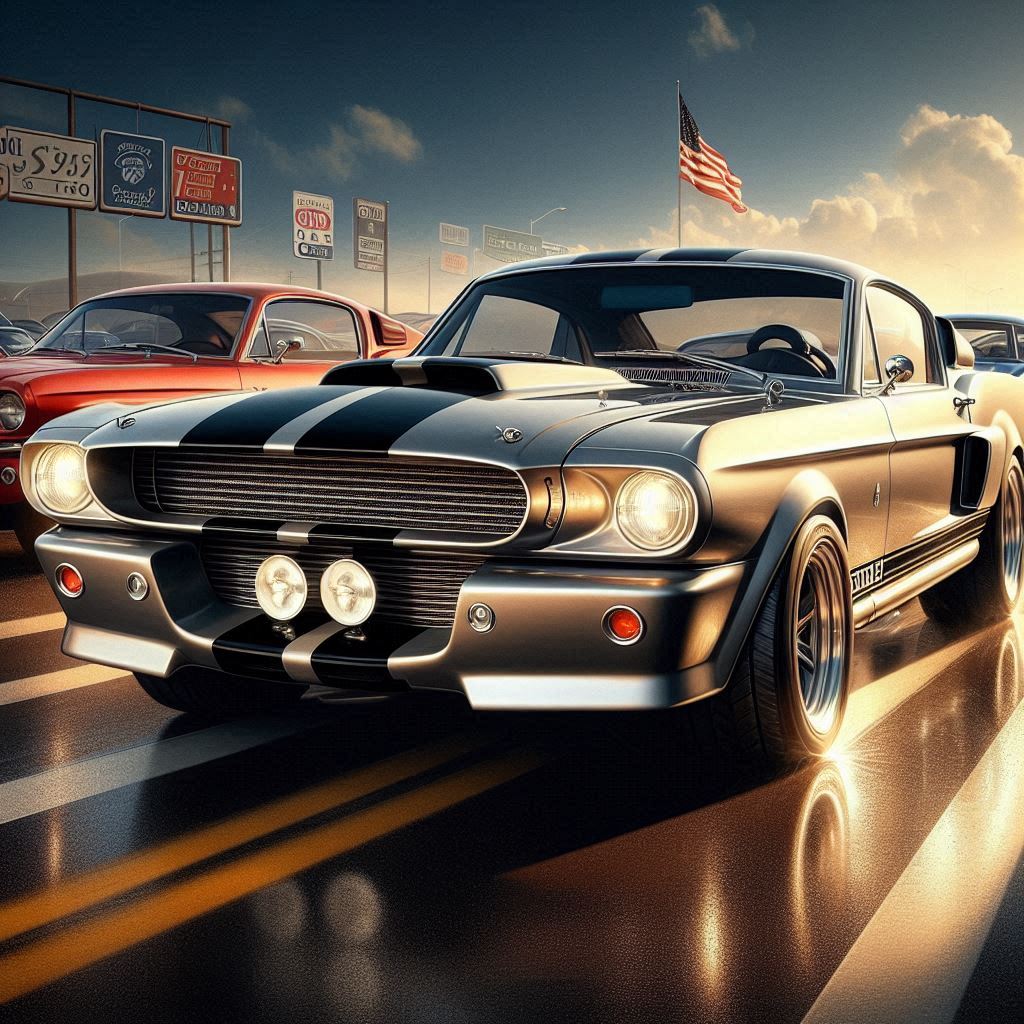
- 1969: Introduction of Boss 302 and Boss 429 models, expanding performance options.
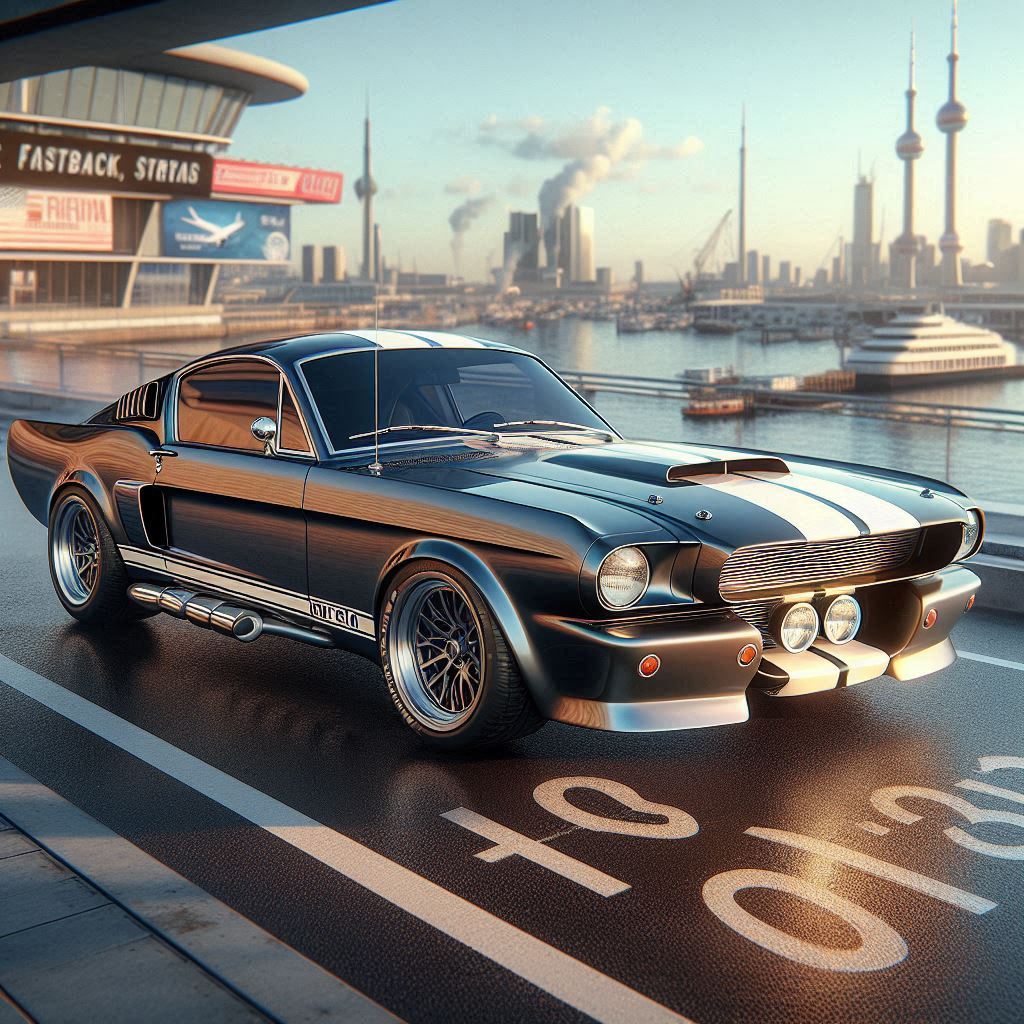
Cultural Impact
Initially marketed as a “secretary’s car,” the Mustang sold 22,000 units on its first day. Its sporty profile and affordability made it a hit among baby boomers, transforming the Mustang into an American icon.
Second Generation: The Mustang II (1974-1978)
Adapting to Changing Times
The second-generation Mustang, introduced in 1974, was smaller and more fuel-efficient, adapting to rising gas prices and environmental concerns. Although less powerful than its predecessor, it aligned with the automotive industry’s shift towards economical cars.
Notable Models
- 1976 Mustang II Cobra: Featured a 302-cubic inch V8 engine and a sport-tuned suspension.
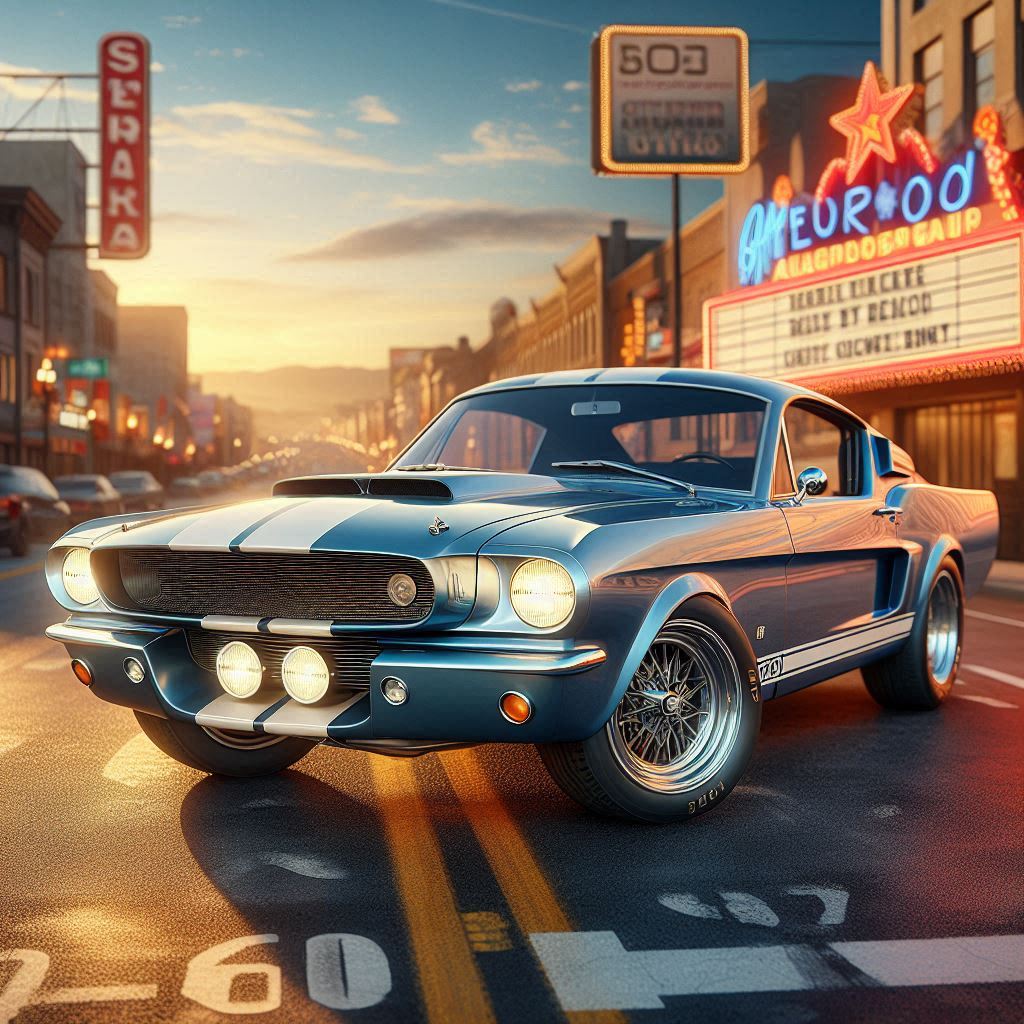
- 1978 King Cobra: The most powerful Mustang II, offering a 5-liter V8 engine.
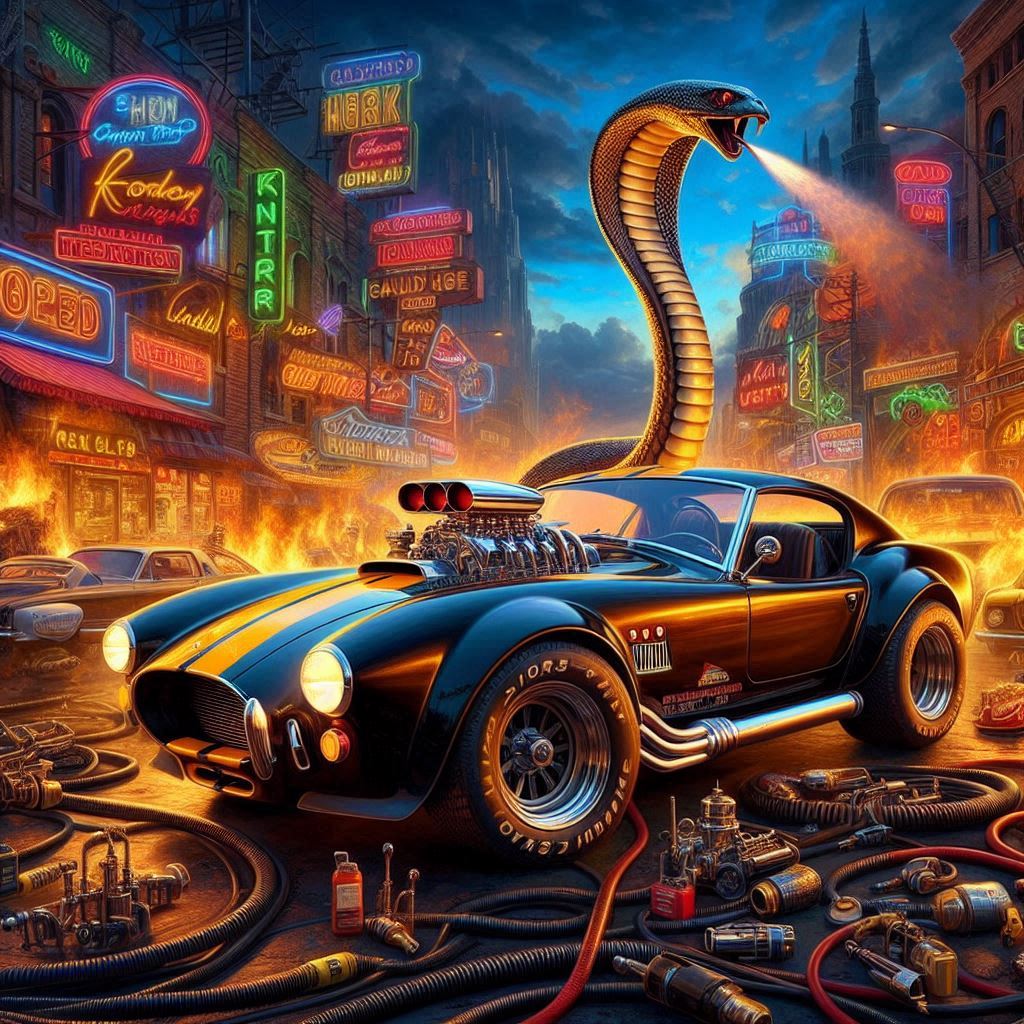
Mixed Legacy
While a commercial success, the Mustang II has been criticized for its lack of performance and departure from the Mustang’s muscle car roots.
Third Generation: The Fox Body Era (1979-1993)
A New Direction
In 1979, the third-generation Mustang debuted on the Fox platform, known for its smaller, lighter, and more agile structure. This generation revitalized the Mustang’s performance appeal, and its versatility allowed Ford to offer a range of engines, including four-cylinder and V8 options.
Notable Models and Performance Enhancements
- 1984 Mustang SVO: Turbocharged four-cylinder engine, offering enhanced performance with a sport-tuned suspension.
Fourth Generation: The SN95 (1994-2004)
Revitalizing the Brand
The SN95 generation brought a more modern and aerodynamic design, marking a revival of the Mustang’s sporty appeal. Models like the Mustang Cobra and Bullitt Mustang became synonymous with performance and modern Mustang culture.
Performance Highlights
- Mustang Cobra (1996): Introduced with a 4.6L V8 engine and sport-tuned suspension.

- 1999 Facelift: Updated front fascia and interior, making the Mustang sleeker.
Fifth Generation: Retro Meets Modern (2005-2014)
Design Philosophy
The fifth-generation Mustang, released in 2005, was a modern reinterpretation of the original 1964 Mustang. Its retro styling mixed with contemporary performance, resulting in models like the Shelby GT500 and the Boss 302, which cemented the Mustang’s status as a muscle car icon.
Performance Milestones
- 2007 Shelby GT500: Featured a supercharged V8 engine and enhanced suspension.




- 2012 Boss 302: A track-oriented, high-performance version that became a Mustang legend.
Sixth Generation: Refinement and Global Appeal (2015-2023)
Modernized Design and Technology
The sixth-generation Mustang embraced modern technologies, featuring an array of engine options, including the 2.3L EcoBoost and 5.0L V8. This generation also introduced advanced driver-assistance systems and digital dashboards, enhancing the Mustang’s appeal as a global performance car.
Seventh Generation: The Future of Muscle (2024-)
Powertrain Advancements and Design Evolution
The seventh-generation Mustang, unveiled in 2022, promises to be the most powerful yet, with advancements in the Coyote V8 and the continued offering of a manual gearbox. Ford also teased a future all-electric Mustang, showing that the legacy of this iconic car is ready to evolve with the times.
Static Table: Key Specifications of Ford Mustang Generations
| Generation | Years | Notable Models | Engine Options | Key Features |
|---|---|---|---|---|
| 1st Gen | 1964-1973 | Shelby GT350, Boss 302, Boss 429 | Inline-6, V8 options | Fastback introduced, iconic Bullitt Mustang |
| 2nd Gen | 1974-1978 | Mustang II Cobra, King Cobra | V6, V8 | Smaller size, focused on fuel efficiency |
| 3rd Gen | 1979-1993 | Mustang SVO | Turbocharged 4-cylinder, V8 | Fox Body, performance-oriented SVO model |
| 4th Gen | 1994-2004 | Mustang Cobra, Bullitt Mustang | 4.6L V8, V6 options | Aerodynamic design, sport-tuned Cobra |
| 5th Gen | 2005-2014 | Shelby GT500, Boss 302 | V8, V6 | Retro-inspired design, introduction of Boss 302 |
| 6th Gen | 2015-2023 | Shelby GT350, EcoBoost Mustang | 2.3L Turbo, 5.0L V8 | Modern design, advanced technology integration |
| 7th Gen | 2024-present | GT, Coyote V8, Electric Tease | 2.3L EcoBoost, Coyote V8, Future EV | Manual gearbox option, preparing for electrification |

